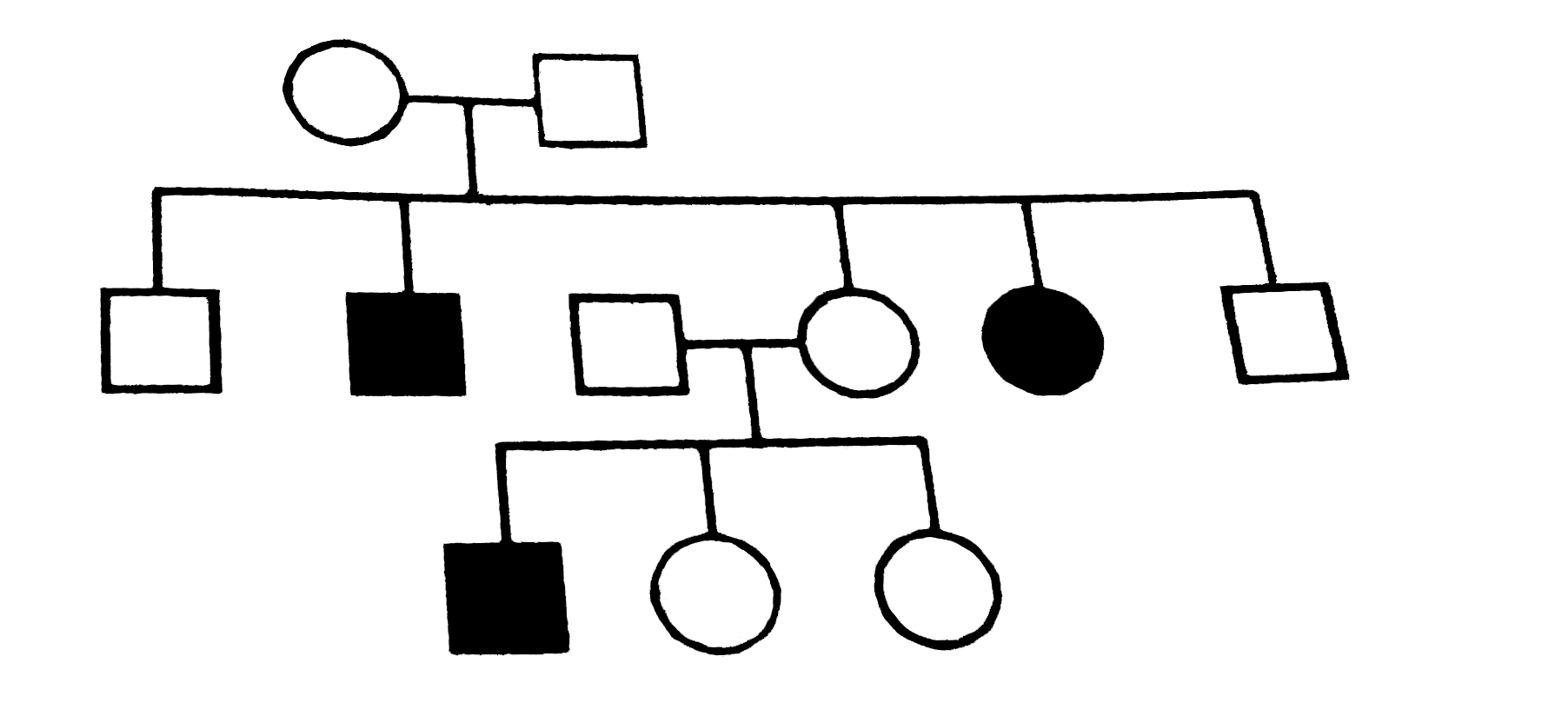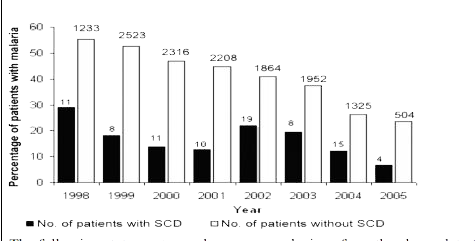A couple both carries of sickle cell anaemia planning to get married, wants to know the chances of having anaemic progeny
1
0.75
0.5
0.25
The correct Answer is:D
Step by step video, text & image solution for A couple both carries of sickle cell anaemia planning to get married, wants to know the chances of having anaemic progeny by Biology experts to help you in doubts & scoring excellent marks in Class 12 exams.
Topper's Solved these Questions
- BOOK - DINESH PUBLICATIONCHAPTER - GENETIC BASIS OF INHERITANCEEXERCISE - Check your Grasp23videos
GENETIC BASIS OF INHERITANCE
- BOOK - DINESH PUBLICATIONCHAPTER - GENETIC BASIS OF INHERITANCEEXERCISE - Check your Grasp23videos
GENETIC BASIS OF INHERITANCE
- BOOK - DINESH PUBLICATIONCHAPTER - FRUIT AND SEED DISPERSAL EXERCISE - CHECK YOUR GRASP10videos
FRUIT AND SEED DISPERSAL
- BOOK - DINESH PUBLICATIONCHAPTER - GROWTH, REPAIR, REGENERATION AND AGEINGEXERCISE - Brain Teasers-VI[B]6videos
GROWTH, REPAIR, REGENERATION AND AGEING
Similar Questions
Given below is the pedigree of sickle cell anaemia, in a family

In this the RBC both parents will be -View SolutionPersons with sickle-cell anemia have a problem with the blockage of capillaries due to a mutation in the haemoglobin gene. This usually causes death before reproductive age. This trait is produced by the homozygous recessive. The heterozygous condition of this trait produces people of generally good health, but some sickle shaped cells. These people are called carriers. Two heterozygous individuals are planning a family and have asked you to tell them their chances of having a sickle-cell child. What would you tell them?
View Solution
Knowledge Check
- Question 1 - Select One
Both sickle-cell anaemia and huntingon's chorea are
ACongenital disordersBVirus related diseaseCPollutant induced disordersDProtozoan disease - Question 2 - Select One
A man & women who both appear normal have a child together, who has sickle cell anaemia. The woman becomes pregnant again and is told that she is carrying fraternal (dizygotic) twins. What is the probability that both of the couple's twins will have Sickle Cell Anaemia :-
A116B14C12D916 - Question 3 - Select One
Sickle cell anemia is a genetic disorder where the body produces an abnormal hemoglobin called hemoglobin S. Red blood cells are normally flexible and round, but when the hemoglobin is defective, blood cells take on a “sickle” or crescent shape. Sickle cell anemia is caused by mutations in a gene called HBB. It is an inherited blood disorder that occurs if both the maternal and paternal copies of the HBB gene are defective. In other words, if an individual receives just one copy of the defective HBB gene, either from mother or father, then the individual has no sickle cell anemia but has what is called “sickle cell trait”. People with sickle cell trait usually do not have any symptoms or problems but they can pass the mutated gene onto their children. There are three inheritance scenarios that can lead to a child having sickle cell anemia:
- Both parents have sickle cell trait
- One parent has sickle cell anemia and the other has sickle cell trait
- Both parents have sickle cell anemia
If one parent has sickle cell anemia and the other has sickle cell trait, there is __________that their children will have sickle cell anemia and ___________will have sickle cell trait.A25 % risk, 75% riskB50 % risk, 50% riskC75% risk, 25% riskD75% risk, 25% risk
If mother and father are both sickle cell carriers, what are the chances that the child will not have the trait?
View SolutionSickle cell anemia is a genetic disorder where the body produces an abnormal hemoglobin called hemoglobin S. Red blood cells are normally flexible and round, but when the hemoglobin is defective, blood cells take on a “sickle” or crescent shape. Sickle cell anemia is caused by mutations in a gene called HBB. It is an inherited blood disorder that occurs if both the maternal and paternal copies of the HBB gene are defective. In other words, if an individual receives just one copy of the defective HBB gene, either from mother or father, then the individual has no sickle cell anemia but has what is called “sickle cell trait”. People with sickle cell trait usually do not have any symptoms or problems but they can pass the mutated gene onto their children. There are three inheritance scenarios that can lead to a child having sickle cell anemia:
- Both parents have sickle cell trait
- One parent has sickle cell anemia and the other has sickle cell trait
- Both parents have sickle cell anemia
If both parents have sickle cell trait, then there is _______________of the child having sickle cell trait.View SolutionSickle cell anemia is a genetic disorder where the body produces an abnormal hemoglobin called hemoglobin S. Red blood cells are normally flexible and round, but when the hemoglobin is defective, blood cells take on a “sickle” or crescent shape. Sickle cell anemia is caused by mutations in a gene called HBB. It is an inherited blood disorder that occurs if both the maternal and paternal copies of the HBB gene are defective. In other words, if an individual receives just one copy of the defective HBB gene, either from mother or father, then the individual has no sickle cell anemia but has what is called “sickle cell trait”. People with sickle cell trait usually do not have any symptoms or problems but they can pass the mutated gene onto their children. There are three inheritance scenarios that can lead to a child having sickle cell anemia:
- Both parents have sickle cell trait
- One parent has sickle cell anemia and the other has sickle cell trait
- Both parents have sickle cell anemia
If both parents have sickle cell trait, then there is _______________of the child having sickle cell anemia.View SolutionSickle cell anemia is a genetic disorder where the body produces an abnormal hemoglobin called hemoglobin S. Red blood cells are normally flexible and round, but when the hemoglobin is defective, blood cells take on a “sickle” or crescent shape. Sickle cell anemia is caused by mutations in a gene called HBB. It is an inherited blood disorder that occurs if both the maternal and paternal copies of the HBB gene are defective. In other words, if an individual receives just one copy of the defective HBB gene, either from mother or father, then the individual has no sickle cell anemia but has what is called “sickle cell trait”. People with sickle cell trait usually do not have any symptoms or problems but they can pass the mutated gene onto their children. There are three inheritance scenarios that can lead to a child having sickle cell anemia:
- Both parents have sickle cell trait
- One parent has sickle cell anemia and the other has sickle cell trait
- Both parents have sickle cell anemia

The following statements are drawn as conclusions from the above data (Kenya).
I. Patients with SCD (Sickle Cell Disease) are less likely to be infected with malaria.
II. Patients with SCD (Sickle Cell Disease) are more likely to be infected with malaria.
III. Over the years the percentage of people infected with malaria has been decreasing.
IV. Year 2000 saw the largest percentage difference between malaria patients with and without SCD.
Choose from below the correct alternative.View SolutionRead the following five statement five statement (A to E )and select the option with all correct statement :
(A) Down's syndrome id due to trisomy of chromosome 22 ,
(b) Genes are the due of inhetitance
( c) Variation is the degree by which progeny differ from their parents.
(d) In chicken ,sex chromosome in male are ZW ,and in females are ZZ
(E) Sickle cell anaemia is caused due to change of one base in the gene coding for b-chain of haemoglobinView Solution

